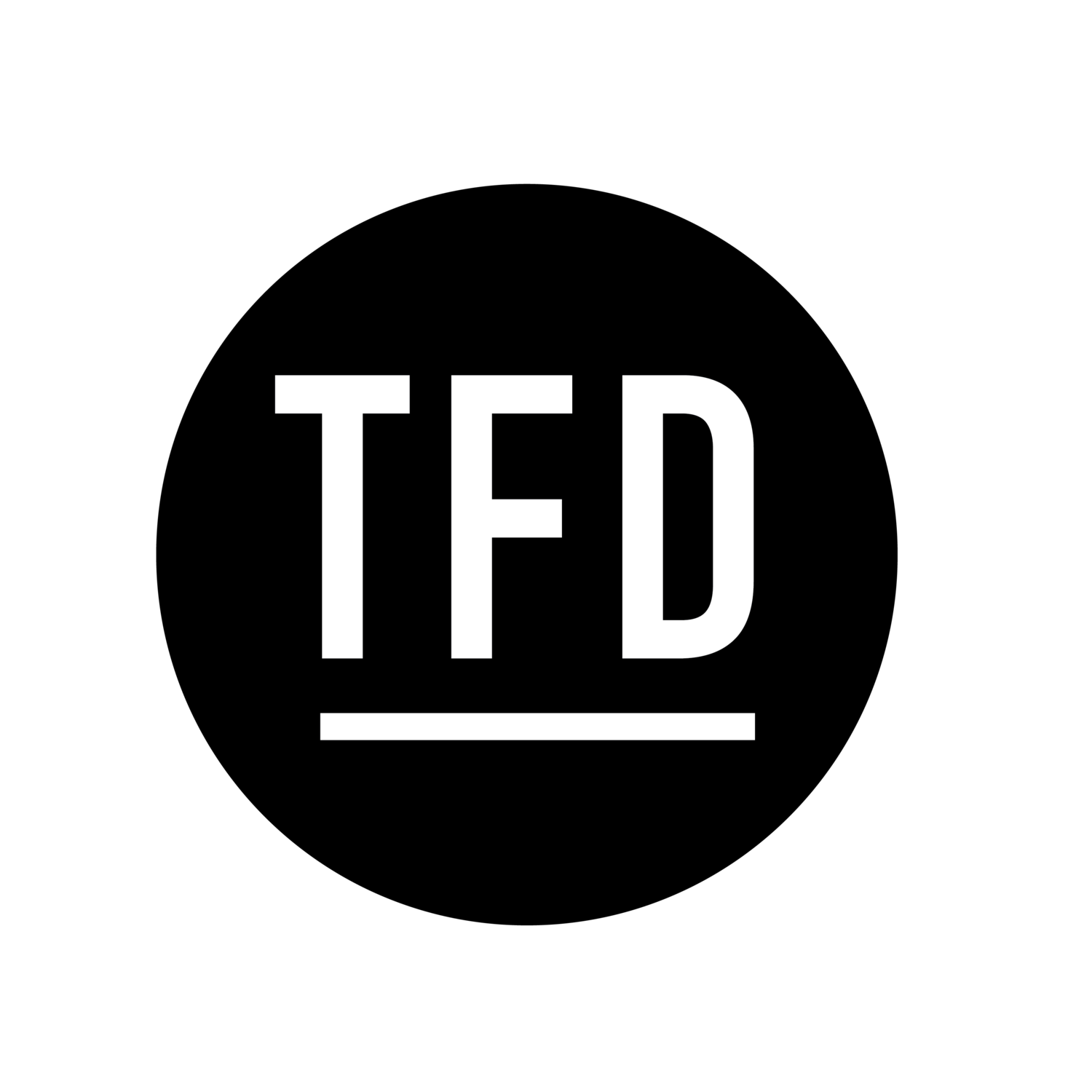Social ads have become a necessity since Facebook’s algorithm changed. We have noticed that a lot of our clients have been receiving less site traffic from social and have attempted to circumvent that with Facebook advertising. Targeting past site visitors and interest targets, re-fueling our flywheel’s rotational energy.
It’s easy to dismiss social ads after a first, second, or third attempt at finding your brand’s targeting sweet spot, with an ideal CPA and ROI. To be honest, it takes time (even with all the tricks in our books). Ensuring that CPM for a particular audience selection is feasible, and testing our way through various messaging and creative
With one of our clients in particular, we spent Q4 testing anything we could get our hands on. We tested selling both print subscriptions and products from their online store and were able to increase their revenue in the online store by over 67%. Note: We stepped up our email game in 2018 vs 2017, so we’re not claiming that Facebook alone increased the revenue, but it certainly contributed.
Over the course of the quarter we spent $3,000 advertising the client’s online shop in both social and search channels. I don’t know how many times the Facebook ads interface changed during that time, but we were able to upgrade our ads pretty often, enjoying the new features (subscribe button anyone?) especially the multi-image uploads per ad, rather than creating multiple ad sets with varying targets.
Being flexible is the #1 when it comes to Facebook campaigns. So, if you are testing something and it’s bombing, it’s okay to turn off the campaign and re-evaluate leaving your A/B test without a clear winner… which is exactly what we did.
Here’s how we did it:
Targeting “Warm” Traffic
When we build Facebook campaigns, we start with audiences that are already connected to our clients. Learn more about this here. Targeting their engaged email audience, recent site visitors, and people that are connected to their page in one way or another. These people are familiar with the brand and we are just reminding them what is relative to their interests. During Q4 Facebook and HubSpot added a game changer that allows real-time audience updates based on smart list membership. We immediately created new campaigns to utilize this feature.
Testing Various Creative
We set out originally to advertise a gift guide, pointing consumers to a round-up of products on the site organized by interest. We had just created that landing page, but had no idea if it would convert people, so we threw other things into the mix. Using product images of the most purchased items of Q3 and branded creative, we pointed to different places in the shop to see what our warm audience actually desired. Guess what? They didn’t convert on the gift guide as well as on product-specific ads, but some people still converted on those gift guides and hey, a purchase is a purchase.
Controlling Placements
Facebook defaults to allowing your ads to appear, well, pretty much everywhere. You can show up in their audience network (where you have no idea where your ad was placed), the marketplace, and even in Facebook messenger. For this particular client, we hypothesized that our customers weren’t really going to convert in these areas and decided early on to turn off those placements. We ended up showing up in Facebook & Instagram feeds and on Instagram stories for the majority of our campaign. In some fundamental ways this makes sense, right? As you are scrolling through the Facebook marketplace (with a Craigslist mindset) looking for a corner cabinet for your garage, you really aren’t looking to browse an e-commerce website of new products. You’re trying to buy something used to fit a specific need.
Timely Campaigns
Remember our #1 rule? Be flexible. We were updating, changing. and adding to campaigns weekly. We ran timely campaigns mixed in with the evergreen holiday campaigns during Q4, running weekend sales offers, free shipping for specific time frames, and Black Friday, Cyber Monday and Small Business Saturday campaigns. Messaging is key to converting, we all know this, but adding in these timely sales helped our evergreen ads by adding urgency messaging ads to the mix. We aim to not tire our audience out with the same ads over and over. Change it up. It works.
Results
What we saw: 67% increase in shop revenue.
Using these tactics, our client’s shop revenue increased 67% YOY in Q4 of 2018. With an effective use of all customer touch points, we were able to increase the number of purchases by 46.83% and the average order value by 14.08%.
Our paid Facebook efforts also generated 62% more subscriptions YOY. Honestly, it doesn’t matter how great your tactics and strategy are if you don’t have quality products to advertise, people won’t convert. We are lucky to work with clients that have great products to offer so we we can optimize the messaging and targeting to effectively get those products in the hands of consumers.
Are you struggling with Facebook campaigns? Drop me an email natalie@twentyfirstdigital.com and let’s chat about how to optimize those.

